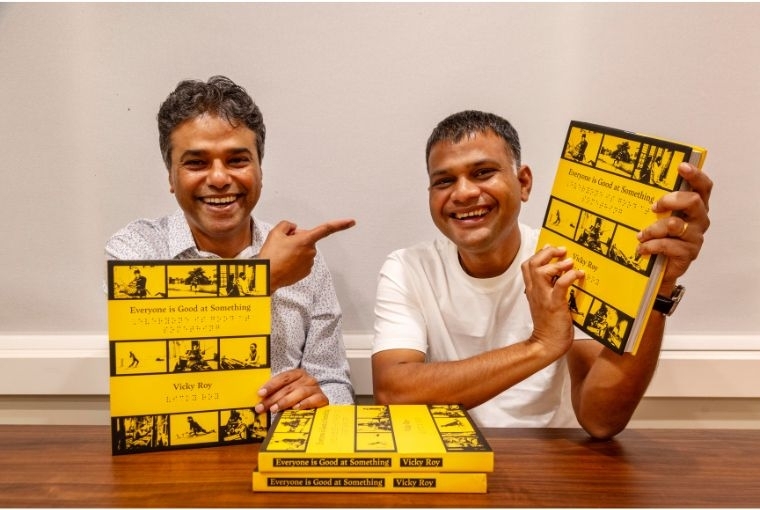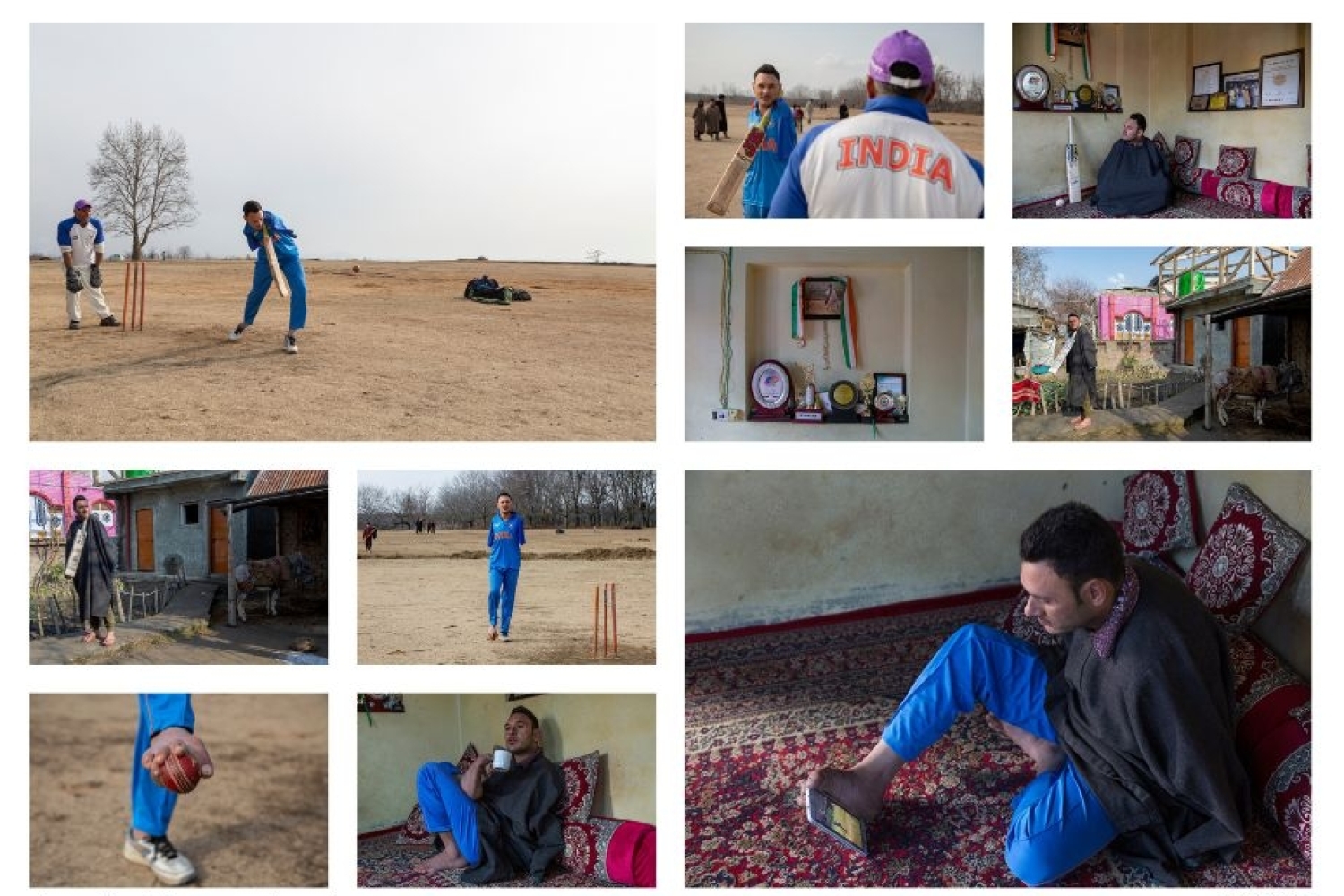
Locomotor Disability

Locomotor Disability
V.R. Ferose, a former Managing Director of SAP Labs, and Vicky Roy, who has overcome extremely challenging circumstances, have come together to share a narrative about rural India that often goes untold; Everyone is Good at Something.
The idea that "Everyone is Good at Something" holds true for everyone, including you and me. However, what we frequently overlook are the struggles, aspirations, and achievements of individuals with disabilities, particularly those from rural areas. This initiative aims to celebrate their resilience and remarkable efforts to persevere, allowing them to lead lives of dignity.
V.R. Ferose & Vicky Roy wanted to shift the lens from inspiration to inclusion. ‘These are not tales of people trying to be heroes, but of people striving for dignity, belonging, and purpose, just like any of us,’ says Ferose. ‘Ability is everywhere—you just have to look beyond the obvious.’
At the heart of this initiative, which has now evolved into a beautiful book, is photographer Vicky Roy's journey across 28 states of India to document 21 disabilities recognized by our government. Through this project, he highlights an individual from each state, exploring their lives and experiences while capturing them in their personal spaces. The result is a series of moving visual narratives that celebrate these individuals' resilience and deserve recognition every day.
V.R. Ferose talked to us about building this, Vicky Roy.
Could you tell us a little about yourself and how you first met Vicky Roy?
I first met Vicky during my tenure as Managing Director of SAP Labs India. He was an INK Fellow at the time, and I still remember the day he walked into my office in Whitefield with a quiet confidence and a powerful story to tell. He had come to share his journey—and his book Home Street Home. What struck me immediately was not just the adversity he had overcome, but the clarity of purpose he had discovered through it all. Here was a young man who had every reason to give up, yet chose instead to give back. I was deeply moved by his resilience and his unwavering commitment to making a difference. That meeting stayed with me, not just because of who Vicky was, but because of who he was becoming.
What pulled you to the idea that became Everyone is Good at Something? Is there any other story you would like to share from the early stages of this initiative?
What drew me to the idea that Everyone is Good at Something was the realization that so many stories, especially from rural India, were simply not being told. The disability narrative in our country has often been limited to urban voices, highlighted only during specific events like the Paralympics or on days of symbolic importance like World Disability Day. But what about the everyday lives of people with disabilities in villages and small towns? Their struggles, aspirations, and triumphs?
I wanted to shift the lens from inspiration to inclusion. To tell stories not of extraordinary heroism, but of ordinary humanity. These are not tales of people trying to be heroes, but of people striving for dignity, belonging, and purpose, just like any of us.
In the early days of this initiative, I remember the story of a young boy in a remote village who, despite having no access to formal education due to his disability, taught himself how to repair bicycles. Not because he wanted recognition, but because he simply wanted to be useful. That, to me, is the essence of our message: ability is everywhere—you just have to look beyond the obvious.
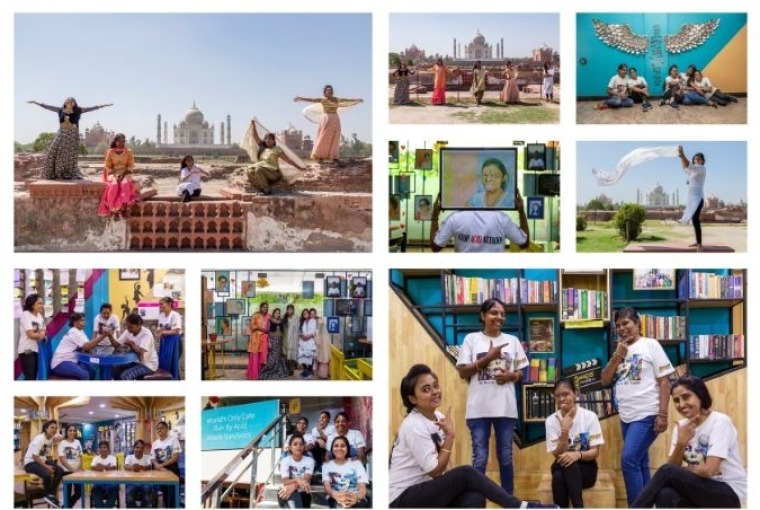
The Sheroes
Acid Attack Survivors
How do you envision the impact of this on people with disabilities?
Our vision for Everyone is Good at Something is rooted in a simple yet powerful idea: to shift perceptions and open hearts. People with disabilities are not a distant group—they are among us, and in many ways, they are us. Disability is not always something we're born with; it can touch any of us through ageing, an accident, or an unexpected turn in life. Recognizing this shared vulnerability is the first step toward building a truly inclusive society.
We also want to empower people with disabilities by helping them understand their rights, as outlined in the Rights of Persons with Disabilities Act of 2016, so they can live with the dignity and respect the law guarantees. But beyond legal frameworks, it’s the power of storytelling that creates lasting change. When we read about the everyday victories of everyday people, something shifts within us. We become more empathetic, more grateful, and more human. That is the impact we hope to create—one story, one mind, one heart at a time.
Can you share a success story or moment from the journey so far that reinforced your belief in this venture?
There have been many moments that reaffirmed my belief in this journey, but what touches me most are the quiet stories of kindness and humanity that Vicky has encountered during his travels across the country. One recurring truth stands out: those with the least often give the most. In rural India, families with barely enough for themselves have welcomed us with open arms, offering a meal, a place to sit, sometimes even their only possessions, without a second thought.
What moves me deeply is not just their generosity, but the dignity with which it is offered. These are not grand gestures meant for recognition, but simple acts that come from the heart. And time and again, we’ve seen how meaningful it is for someone to have their story told. For many, it is the first time they feel truly seen, not as someone to be pitied or celebrated, but simply acknowledged for who they are. That, to me, is the true success of this campaign: creating a space where people feel valued, heard, and human.
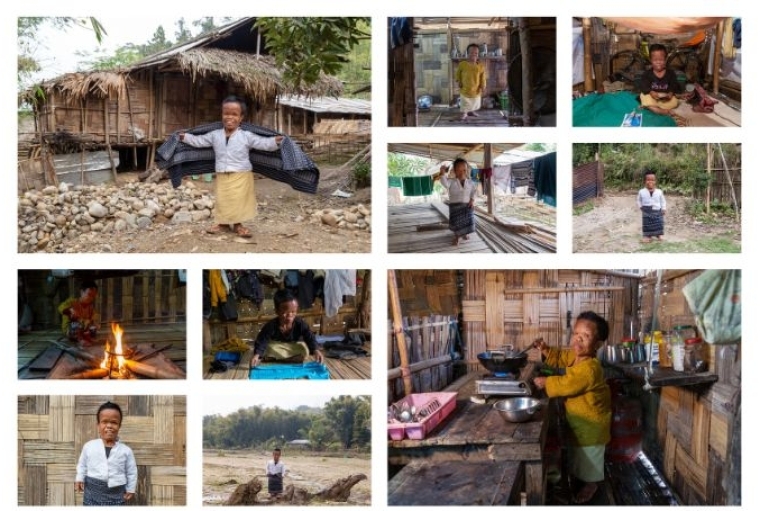
Taba Kalakar
Dwarfism
What have been some of the biggest challenges so far in building this platform, and how have you tackled them?
Interestingly, the technology behind the platform was not our biggest hurdle—it was the human element that proved most challenging. Finding a consistent stream of committed volunteers to write these stories has been a continuous effort. These are not just stories to be documented—they require empathy, time, and care to truly capture the essence of someone’s lived experience.
One of our key goals has been to publish a story every single week and ensure it's translated into five regional languages. This has not been easy. It demands coordination, cultural sensitivity, and a deep respect for linguistic diversity. But we believe it’s essential. Language is not just a medium—it’s a bridge. By making these stories accessible in regional languages, we hope to reach a wider audience, especially in rural communities where these voices often originate. My sincere hope is that the stories resonate most where they matter most.
You can support this initiative by heading to their portal from this link.
Words Hansika Lohani
21.05.2025
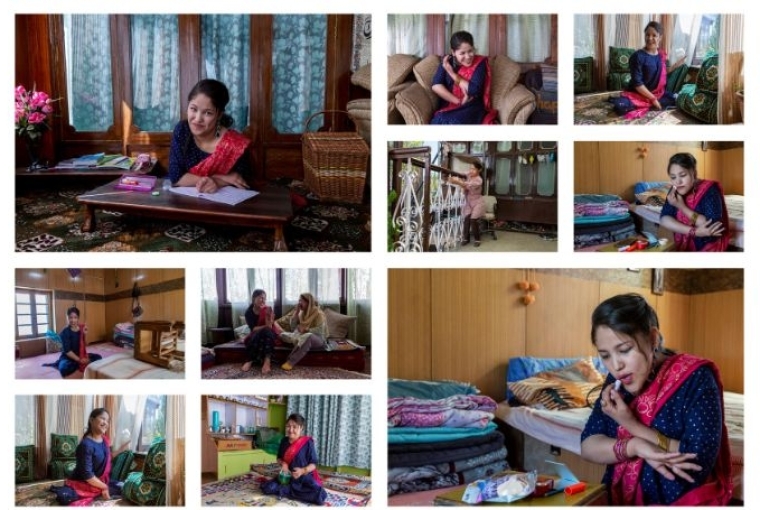
Rizwana Salam
Celebral Palsy
